
Research in the area of Industrial Robotics

A major research objective is the development of nonlinear control and filtering methods for industrial robots of various types (rigid-link robots, underactuated robots, flexible-link robots, etc). (Ref. [1-3]). One can distinguish three principal research axes : (i) control and filtering based on global linearization methods, (ii) control and filtering based on asympotic linearization methods, (iii) Lyapunov methods
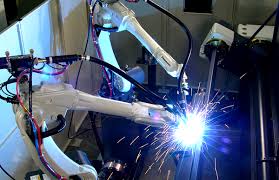
As far as approach (i) is concerned, that is methods of global linearization, one can classify there methods for the transformation of nonlinear robot dynamics into equivalent linear state space form. For the linear equivalent forms of the robotsí dynamics one can design feedback controllers and can solve the problem of state estimation (filtering). In this area one can consider methods based on differential flatness theory and methods based on Lie algebra. These approaches avoid approximation errors in modelling and arrive at controllers of increased precision and robustness, In this area effort will be made for the continuation of research on a new nonlinear filtering method (Derivative-free nonlinear Kalman Filter) which is more precise and computationally faster than other nonlinear estimation approaches.
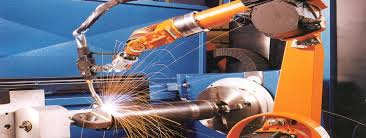
As far as approach (ii) is concerned, that is methods of asymptotic linearization, it is anticipated to continue research on robust and adaptive control with the use of a decomposition of the industrial robotsí dynamics into a set of linear local models. One can pursue solutions to the problem of nonlinear control, based on local linear models (round linearization points). For such systems one can select the parameters of the local controllers by following linear feedback controller design methods. These controllers succeed asymptotically, that is in the course of time, the compensation of the nonlinear system dynamics and the stabilization of the feedback control loops. In this thematic area it is envisaged to continue research on a new nonlinear H-infinity control method, which is based on the local and approximative linearization of the robotsí dynamics and which makes use of the computation of Jacobian matrices.
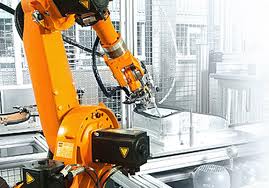
As far as approach (iii) is concerned, that is Lyapunov theory-based nonlinear control methods one comes against problems of minimization of the Lyapunov functions so as to compute control signals for industrial robots dynamics. For the development of Lyapunov-type controllers one can either exploit a model of the robotís dynamics, or can avoid completely the use of such a model as in the case of adaptive control. In the later case, the industrial robot's dynamics is completely unknown and can be approximated and can be approximated by adaptive algorithms which are suitably designed so as to assure the stability and robustness of the control loop.

Applications to intelligent industrial systems
(i) industrial robotic manipulators: nonlinear control and filtering (state estimation) for industrial robotic manipulators, control of special types of industrial robots such as flexible-link robots or underactuated robots, robots control for manufacturing tasks such as welding or painting, robots position-force control in tasks such as cutting or polishing.
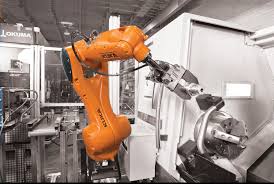
(ii) electric motors and actuators: adaptive control of DC motors and of asynchronous motors used in industrial robotic manipulators, state estimation-based control of nonlinear asynchronous motors, H-infinity robust control for asynchronous motors and applications thereof to motion transmission systems in industry.
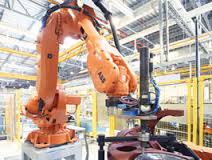
References:
[1] G. Rigatos, Modelling and Control for Intelligent Industrial Systems: Adaptive Algorithms in Robotics and Industrial Engineering, Springer, 2011.
[2] G. Rigatos, Nonlinear Control and Filtering Using Differential Flatness Theory Approaches: Applications to Electromechanical Systems, Springer, 2015